|
As we approach the year end festivities, there is a tendency for us to drink more. We are often told that too much alcohol is bad for us, but do you really know why? Have you ever wondered how alcohol affects your liver when sipping your favorite cocktail or schooner of beer? Here’s a quick rundown: Your liver is a robust organ and can usually cope with drinking a small amount of alcohol. However the liver can only handle a certain amount of alcohol at any given time, so if you drink more than the liver can deal with by drinking too quickly, or drinking too much, your liver cells struggle to process it. When alcohol reaches the liver, it produces a toxic enzyme called acetaldehyde which can damage liver cells and cause permanent scarring, as well as harm to the brain and stomach lining. Now, here are seven ways to look after your liver: 1. Have a Balanced Diet It’s also important to watch what you eat. “While nearly every cell in the body is able to metabolise glucose, only the liver cells can handle fructose,” says Dr Sherwood of the Functional Medicine Institute in Tulsa, Oklahoma. “If we consume too much fructose over time, the liver can become overwhelmed and suffer irreparable damage.” Limit foods that are high in refined sugars and high-fructose corn syrup, such as soft drinks, baked goods and sweets. Stick to natural sources of sugar (fruit for example) instead. 2. Maintain a Healthy Weight Alcohol is not the only thing that can cause fatty liver disease – obesity (or even just being overweight) puts you at risk of developing non-alcoholic fatty liver disease (NAFLD). People who have NAFLD are at an increased risk of suffering from cardiovascular problems; they also typically have diabetes and high cholesterol. During the early stages of NAFLD, the condition can be managed by losing weight, drastically reducing fat intake and exercising regularly. 3. Exercise Regularly Regular exercising helps your body burn triglycerides for fuel, which can help reduce liver fat. Following an exercise programme that includes both aerobic exercises (walking, cycling or swimming) and weight training can improve your liver function. Aerobic exercise helps strengthen your heart muscle, which means it can pump blood more efficiently throughout your body. When this happens, your pulse slows and blood flow improves – it’s easier for your heart to move blood to your liver, and then for your liver to send the filtered blood back into your system. Building lean muscle mass delays severe muscle wasting, which occurs during the advanced stages of liver disease. Weight training also prevents a build-up of excess body fat, which can cause fatty liver and result in a non-alcoholic steatohepatitis (NASH). The National Institute of Diabetes and Digestive and Kidney Diseases says that although NASH initially presents with only a few symptoms, it can cause your liver to become non-functional. 4. Stay Hydrated and Drink Lots of Water Your body needs to remain hydrated. Toxins that affect your kidneys, liver and bowel function will build up when you become dehydrated. According to Dr Neil-Sherwood, “Dehydration can have a direct effect on our liver’s ability to properly detoxify our body. So as the liver loses hydration, it also loses its organ reserve, or what it uses to take care of the rest of the body.” Water also helps maintain the fluid content of your blood. When you become dehydrated, your blood becomes thicker – your liver is responsible for filtering blood and the thickness can impact its ability to detoxify. 5. Cut Down on Processed Foods Manufacturers like to cram in lots of sodium, sugar, and chemicals to “improve” taste and appearance, extend shelf-life, and maximize profits. Unfortunately, our liver gets the task of filtering through all the junk we eat and too much processed food can really take a toll on its functionality. One particularly pesky ingredient that’s practically ubiquitous in processed foods is high fructose corn syrup. This refined sugar is made up of about 55 percent fructose and 45 percent glucose. When we consume high fructose corn syrup, the liver uses it to create fat, which slowly accumulates in the liver cells and can lead to liver disease. 6. Cut Down or Limit on Alcohol Consumption Consuming excessive amounts of alcohol can cause damage to your liver cells. Over time, liver damage can cause a build-up of fat in your liver, inflammation or swelling and/or scarring (cirrhosis). If you already have liver disease, even a small amount of alcohol can worsen your condition. How much is a moderate amount of alcohol? According to a previous Health24 article, women should limit their consumption to one drink per day, while men should only have two. One drink is equal to 148ml of wine, a 355ml beer or one shot (44ml) of an 80-proof liquor. 7. Consider Liver Supplementation
Milk thistle has been used to treat liver disorders for more than 2,000 years. It’s the herbal ingredient most often used for liver complaints in the United States. The active substance in milk thistle is silymarin, which is made up of several natural plant chemicals. Lab studies suggest that silymarin helps regenerate liver tissue, bring down inflammation, and protect liver cells from damage by acting as an antioxidant. A 2017 analysis of studies found that silymarin slightly reduced certain liver enzymes, markers of liver damage, in people with liver disease. More research is still needed to know how well milk thistle might work. Wellaholic's Liver Support helps boost and support liver function. Milk thistle, is a natural herb that has antioxidant and anti-inflammatory properties, and is commonly used to detoxify the body, especially the liver, as well as help liver diseases and gallbladder problems. Suggested Use: One tablet, taken once daily preferably with meals.
0 Comments
My November trip to Egypt was a good one. In a strange way, it dovetails my trip to Peru, Machu Picchu more than a decade ago. During my university days, I read this book called 'Fingerprints of the Gods'. Described as an pesudoarchelogy book, the author Grahan Hancock gave an interesting take on the possibility of an ancient civilisation or race that helped created all these phenomenal ancient monuments. Due to my busy schedules, I did not have time to prepare for the trip. I was ready to take in all the sights and sounds, good or bad, as part of the time. Let me summarise all the good and all the bad: The Good
The Bad
After 12 days, however, I was fatigued and tired out. While doing a land tour (with Intrepid) was convenient and safe, as the tour operators planned everything, towards the end of the trip, I could see that everyone was tired out and wanted more alone-time haha. When the tour ended, and with two days left, we decided to "take a gamble" and booked an airplane ride to Sharm El Sheikh. Sharm el-Sheikh is an Egyptian resort town between the desert of the Sinai Peninsula and the Red Sea. It's known for its sheltered sandy beaches, clear waters and coral reefs. Naama Bay, with a palm tree-lined promenade, is filled with bars and restaurants. Ras Muhammad National Park is a major diving destination, with marine life around the Shark and Yolanda reefs and the Thistlegorm wreck. The Red Sea is supposed to be the best waters for diving, so we did some snorkelling and then returned back to Cairo.
|
AuthorI am MrWildy and I am trying to journal more about my life and also my travels. Find out more about me here. Categories
All
Archives
July 2022
|
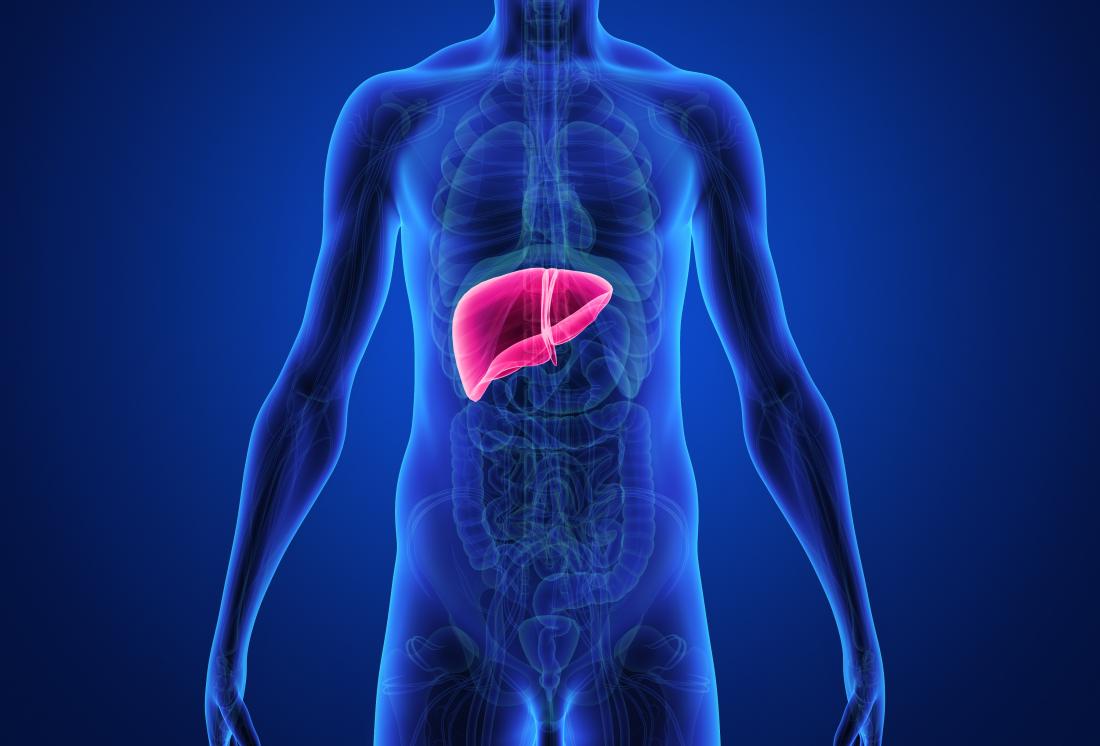
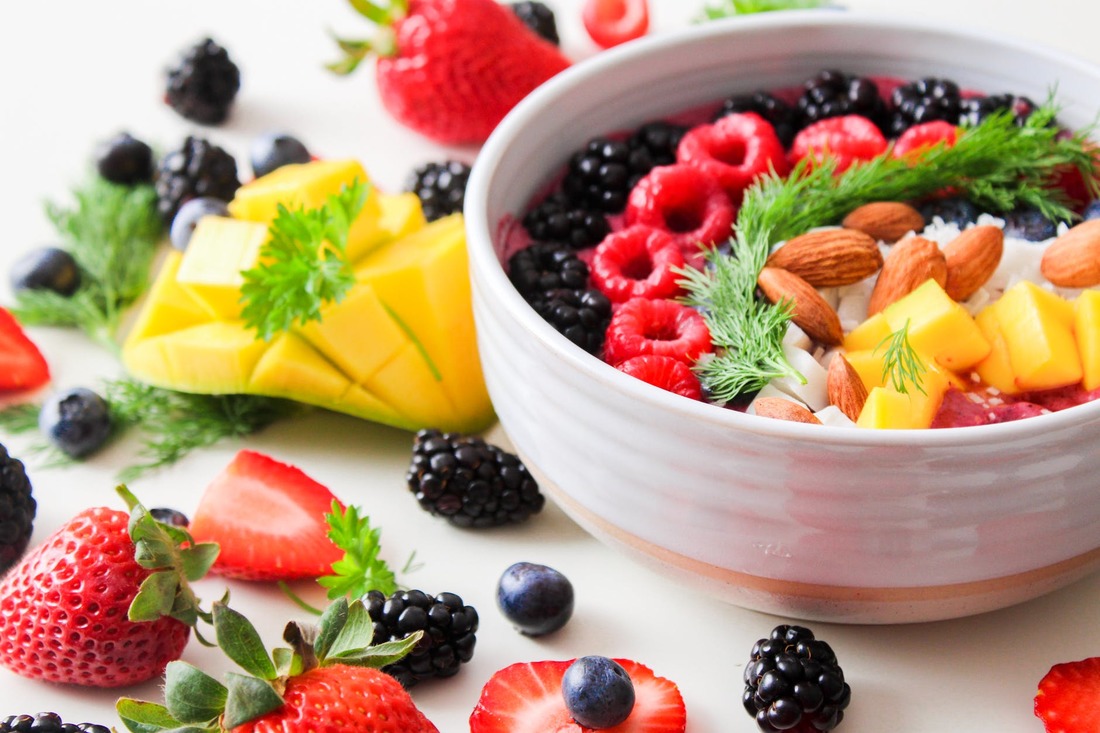
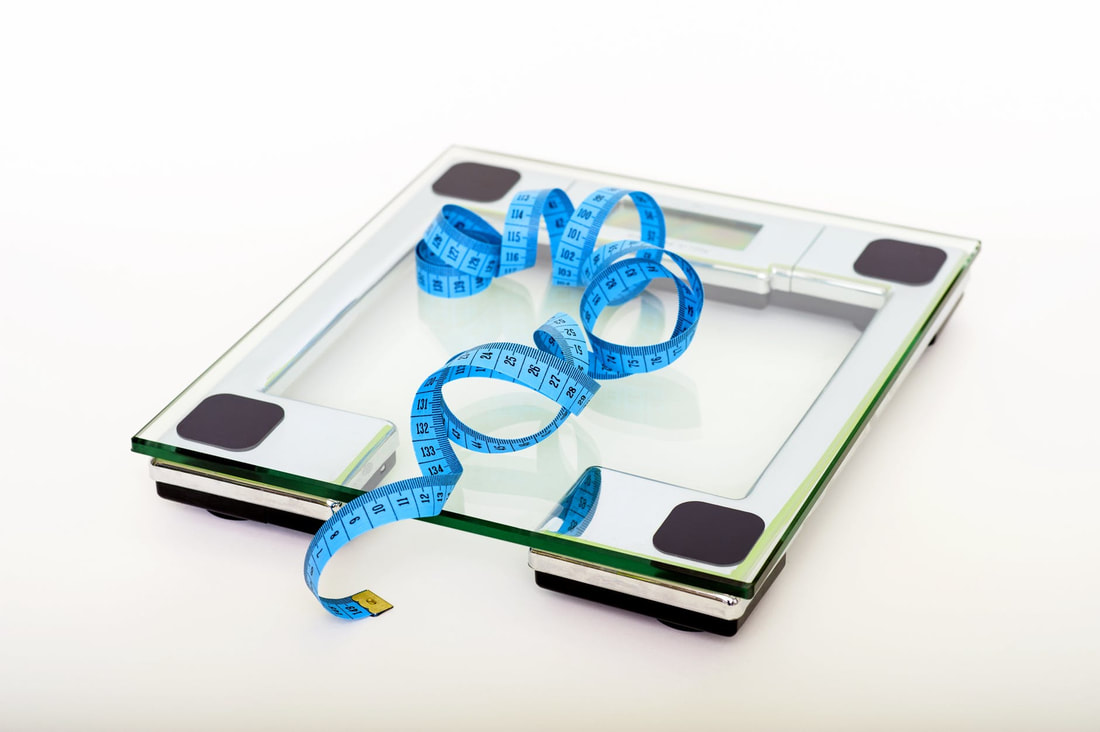
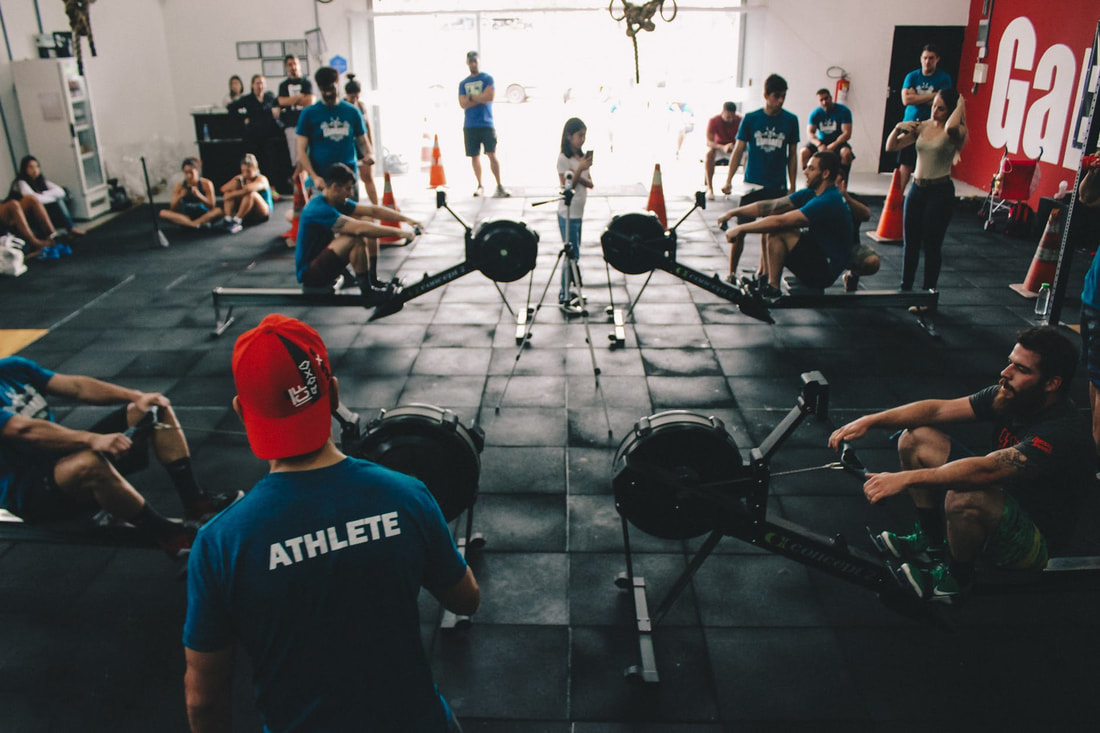
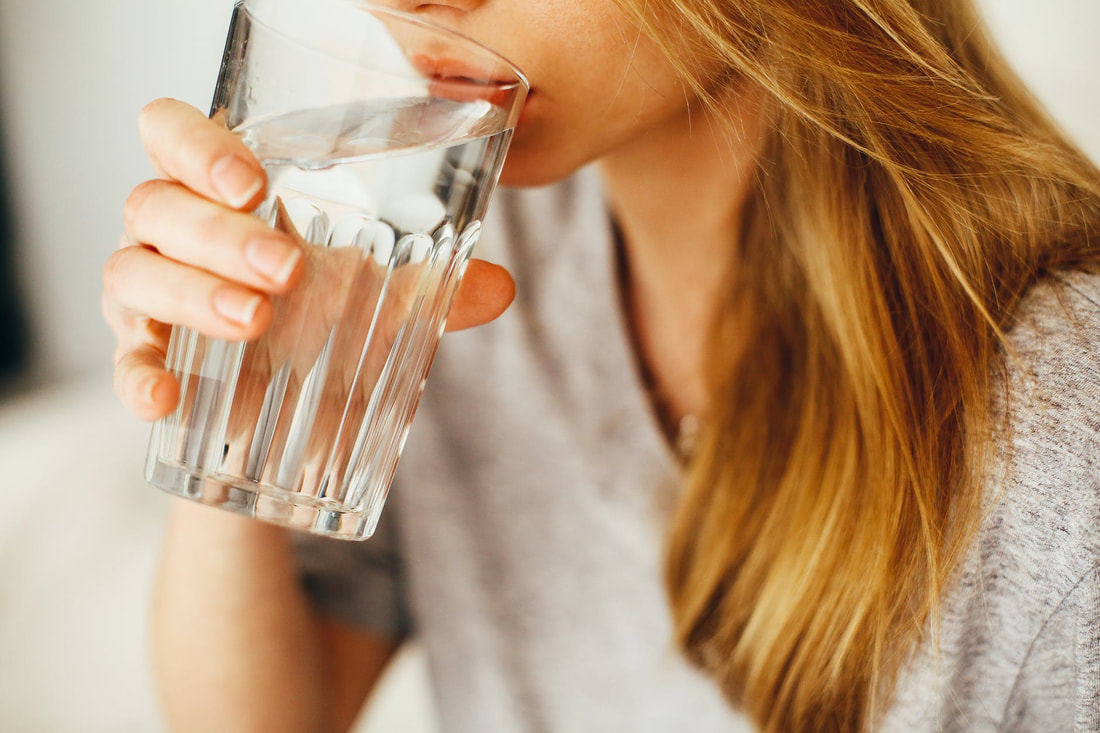
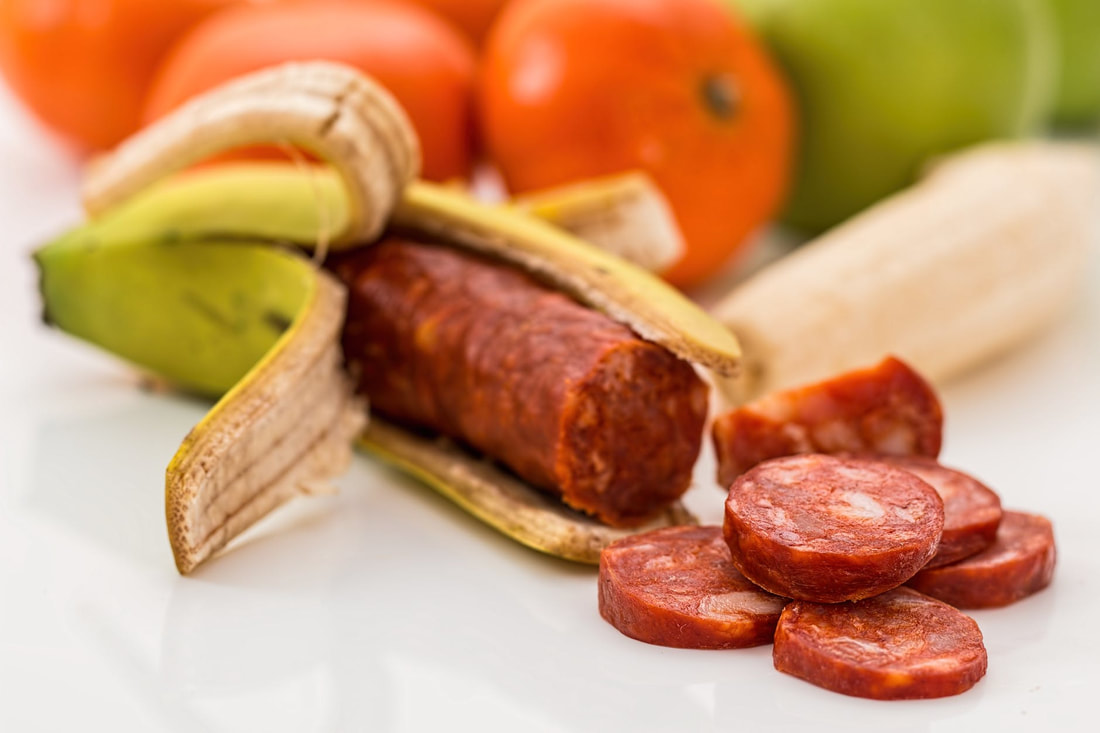
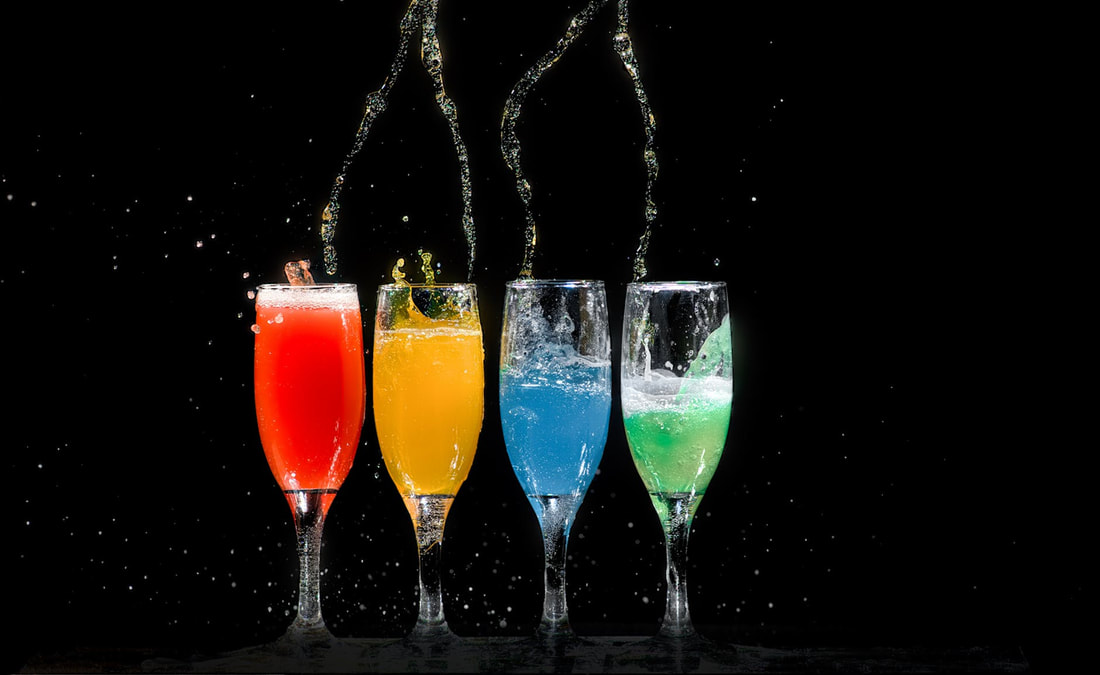
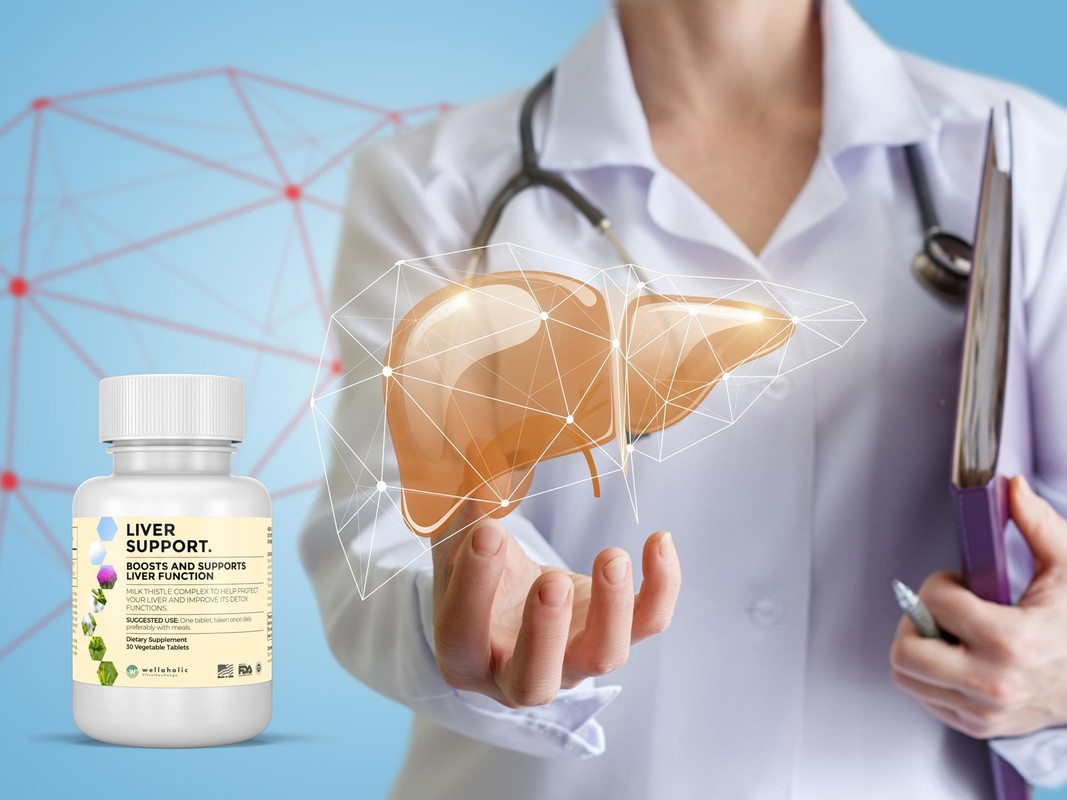
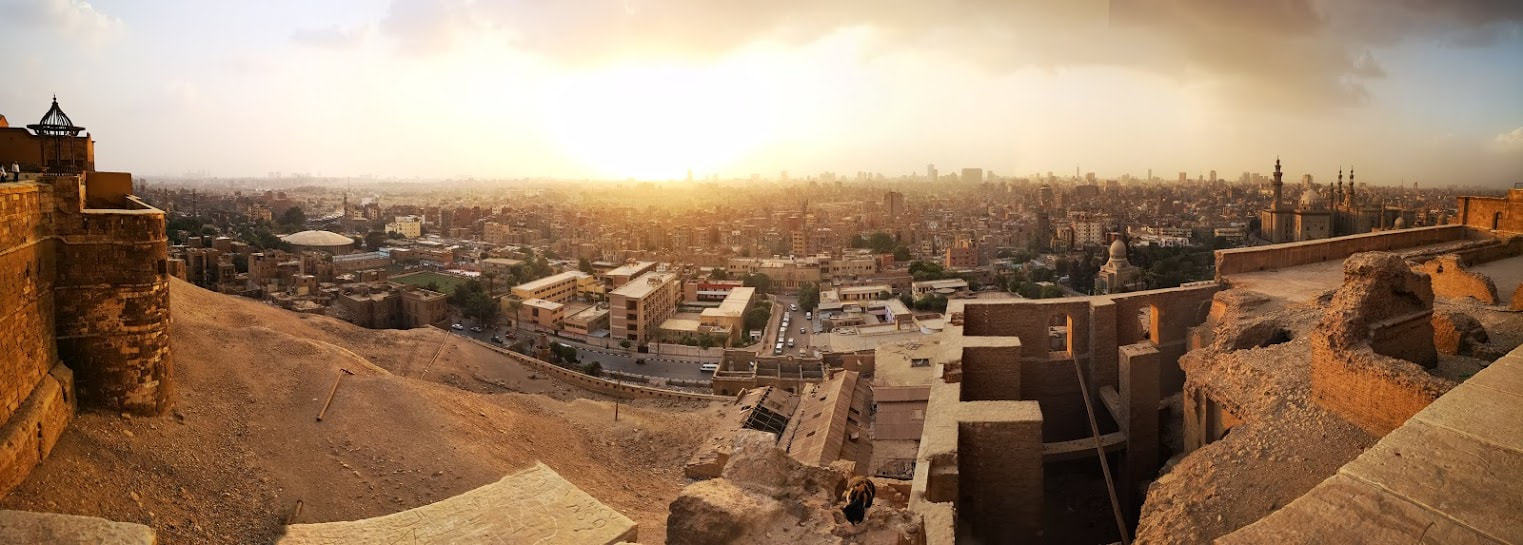
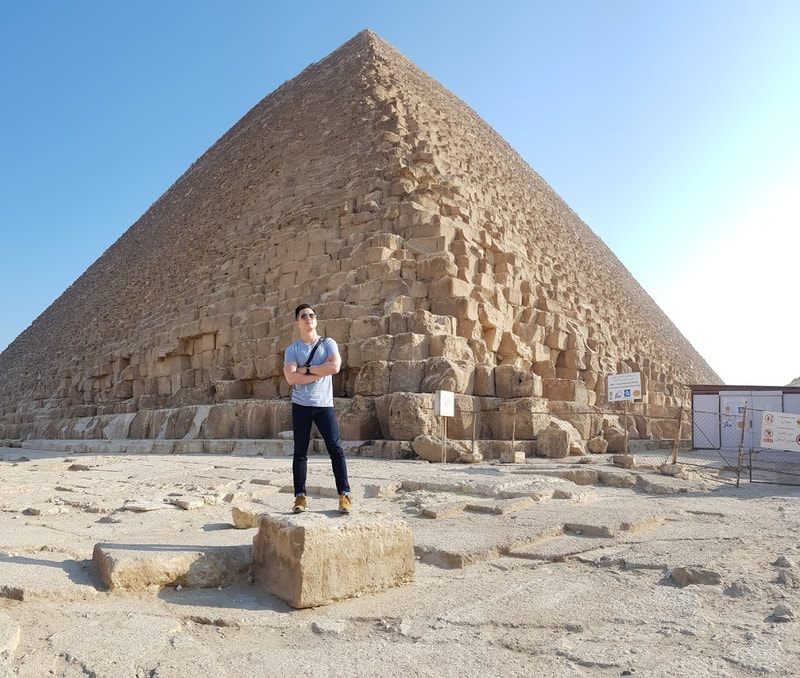
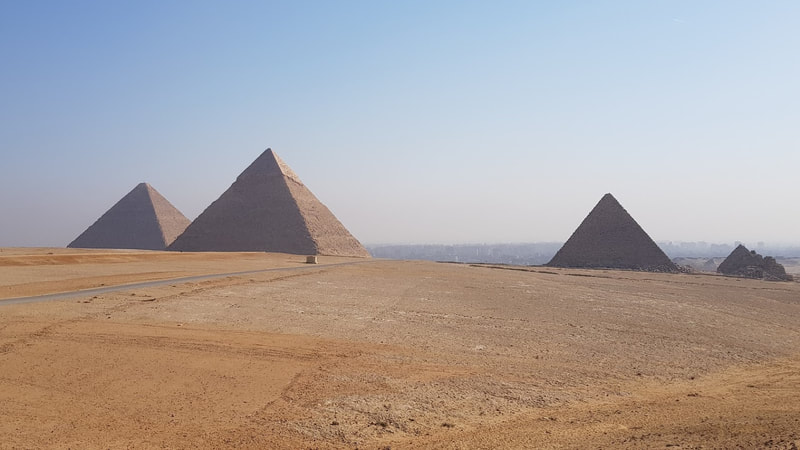
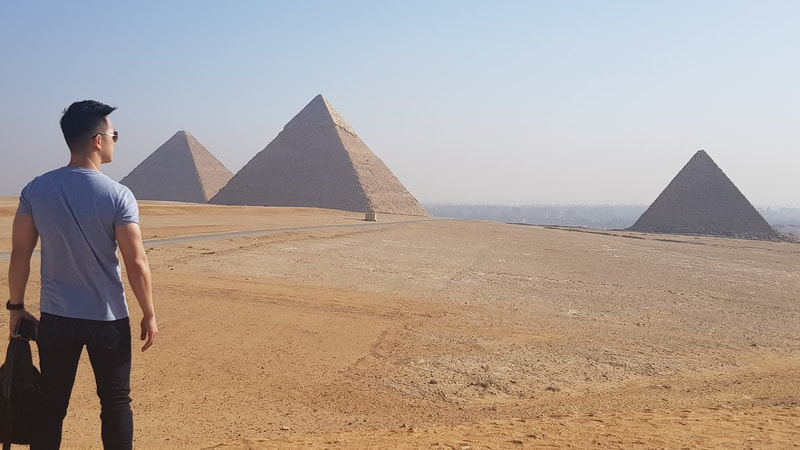
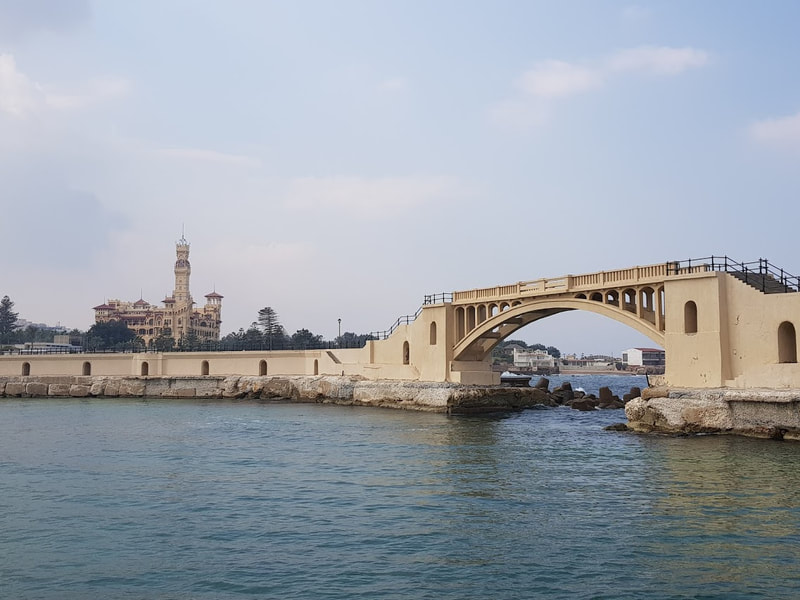
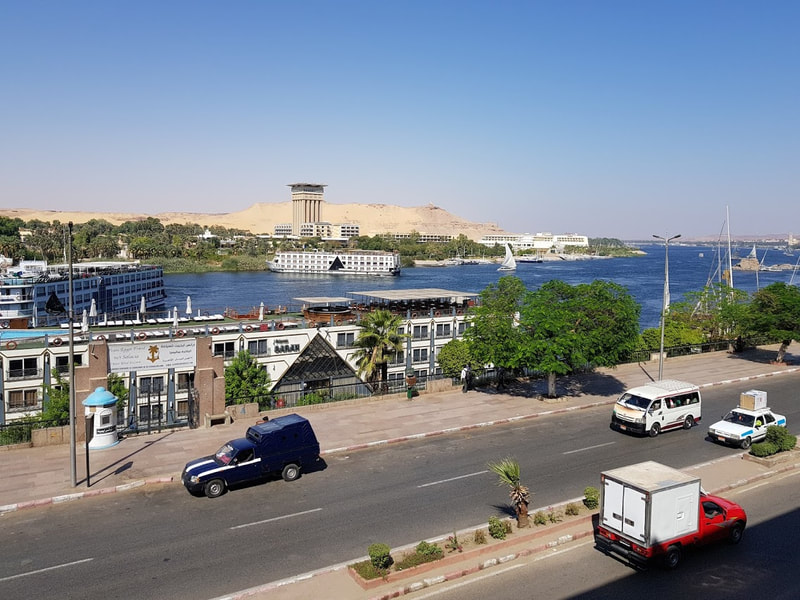
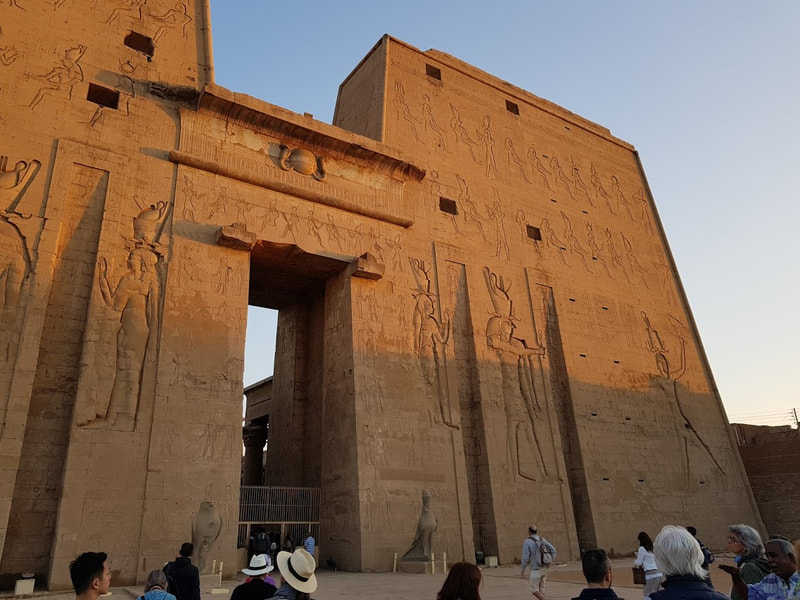
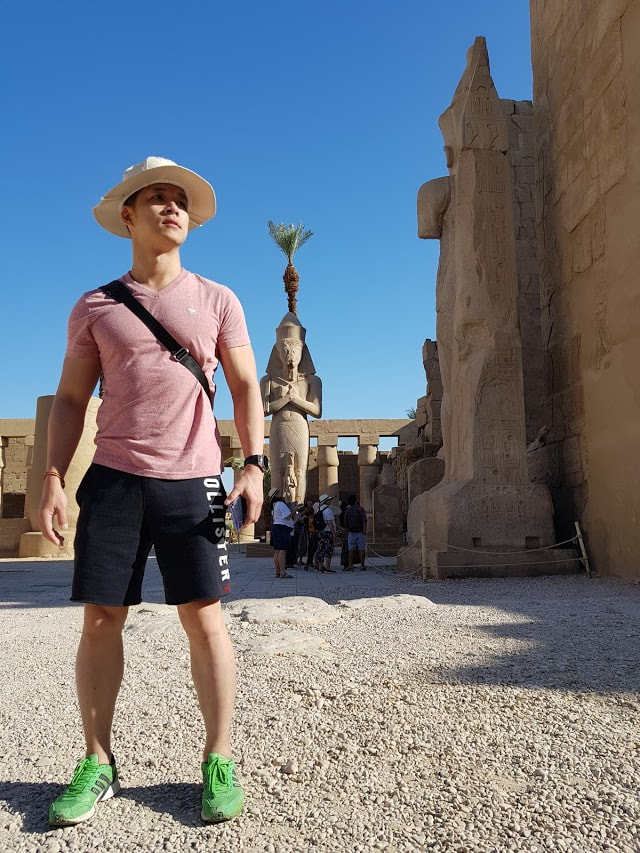

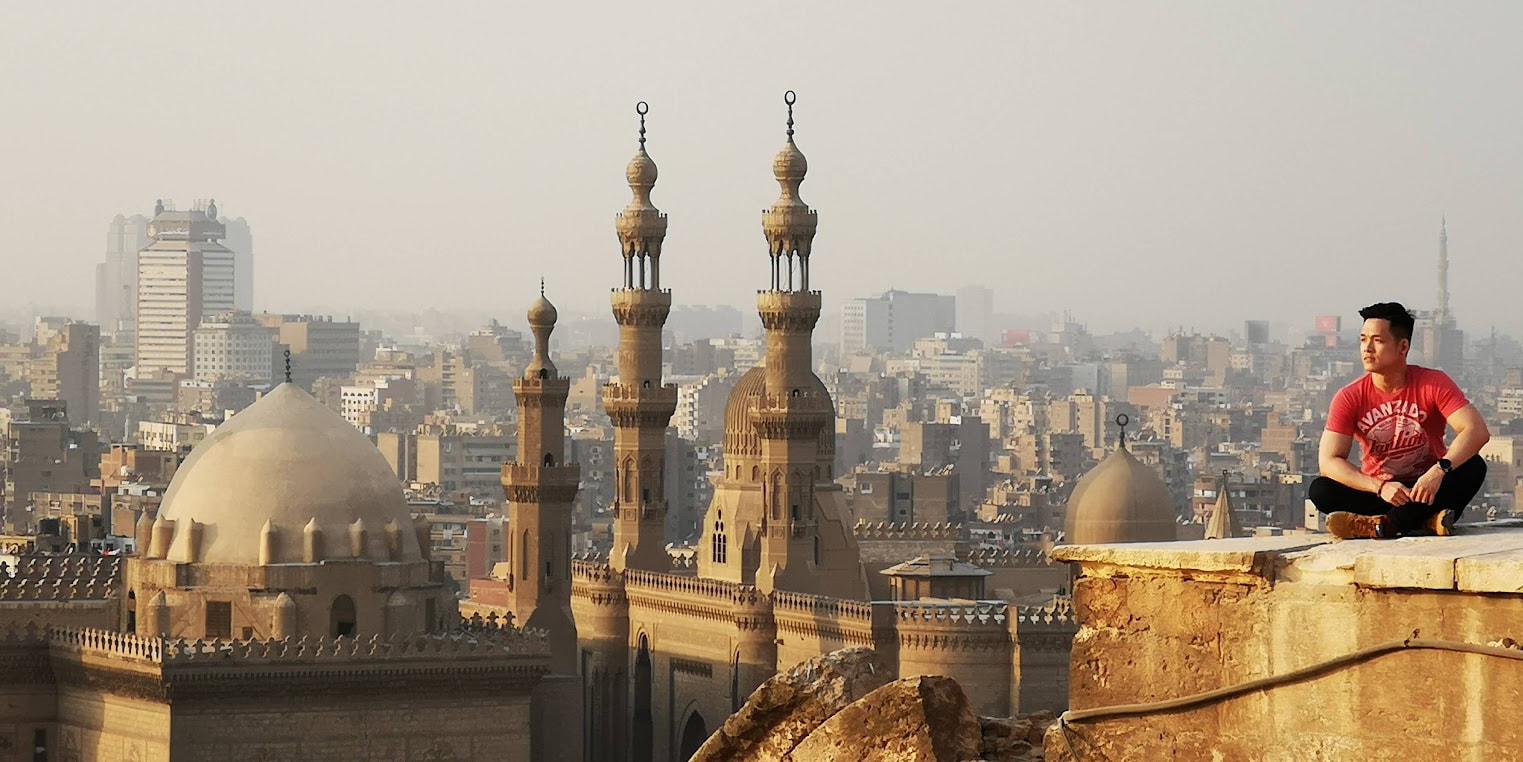
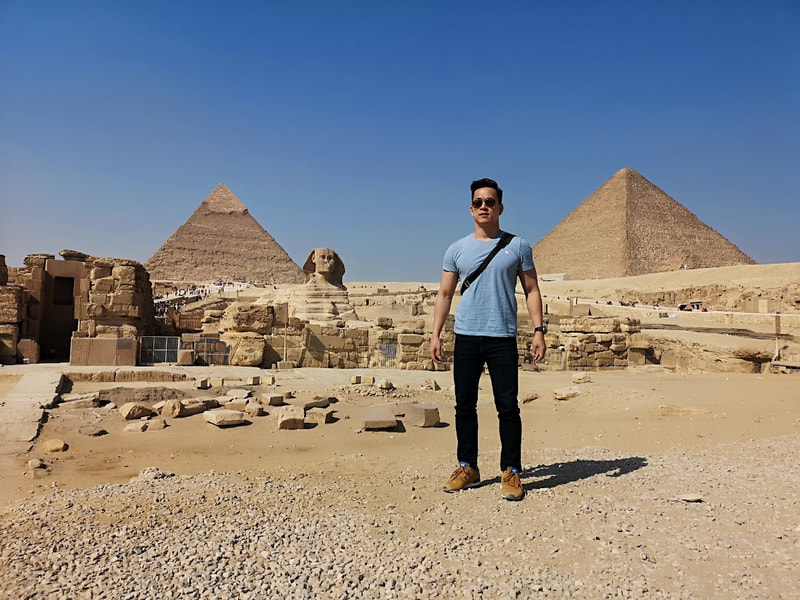
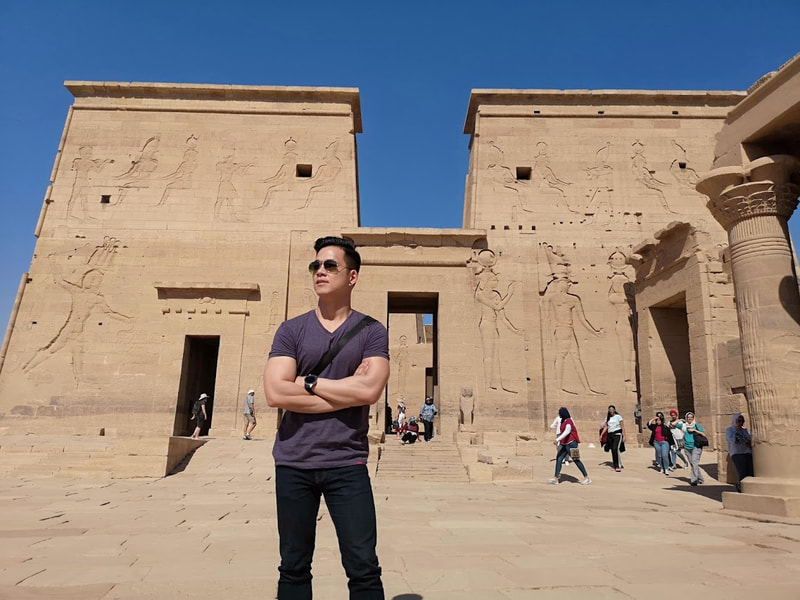
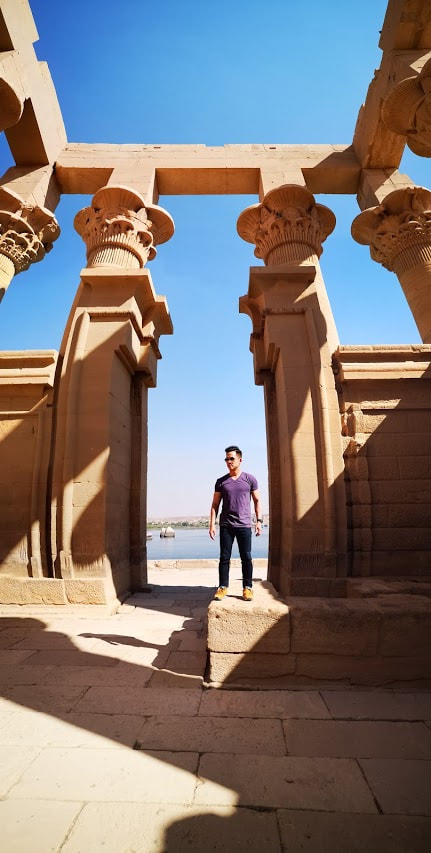
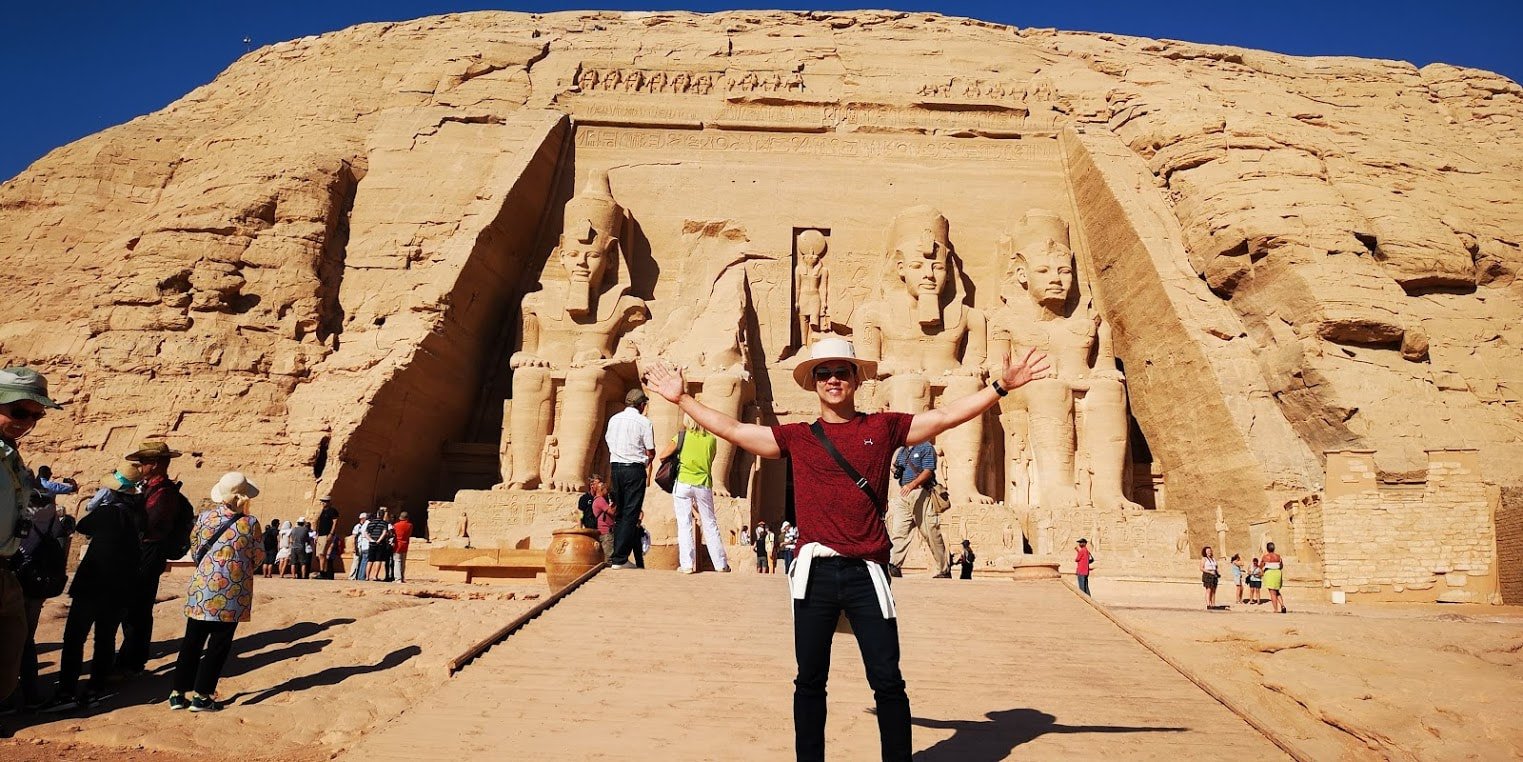


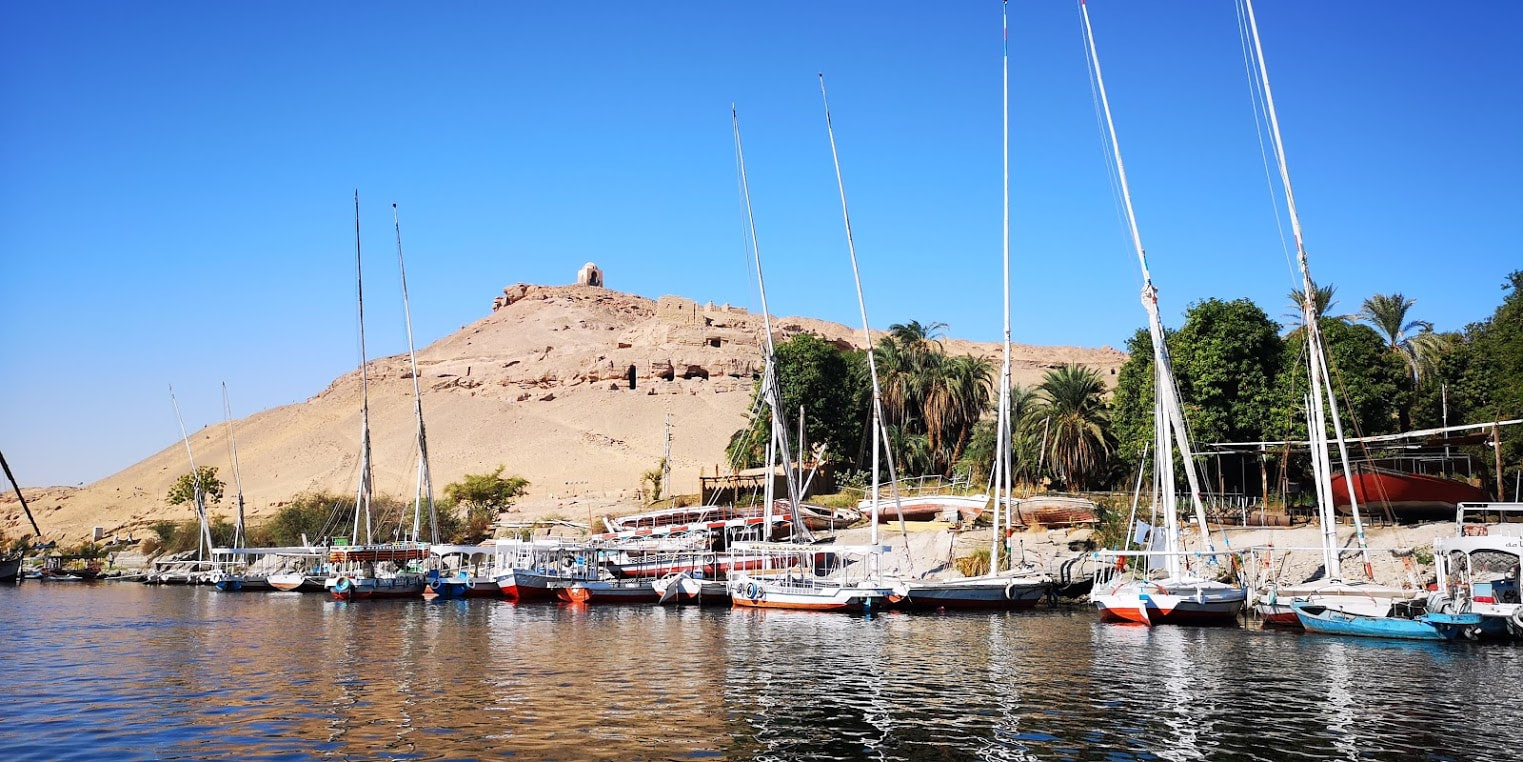
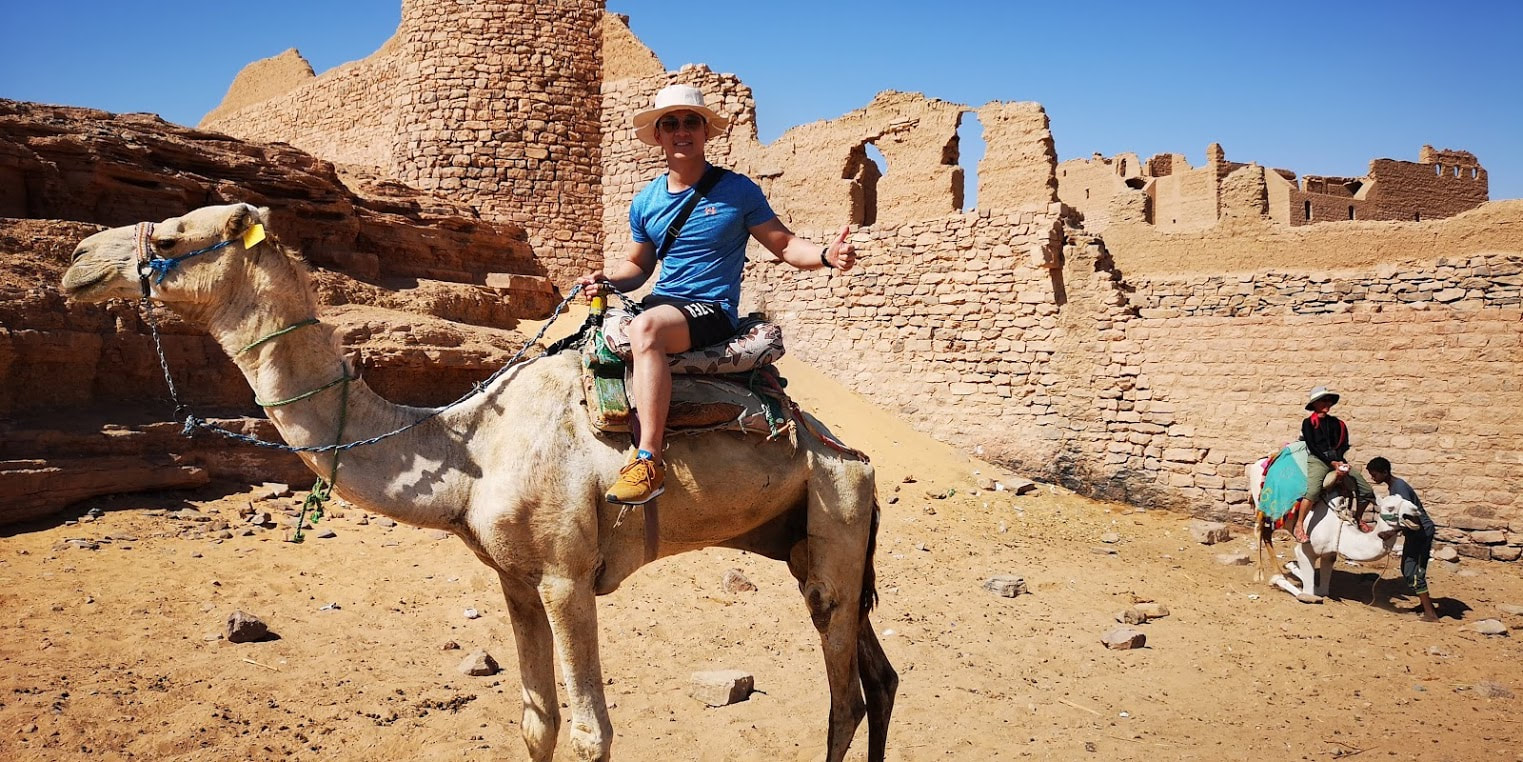
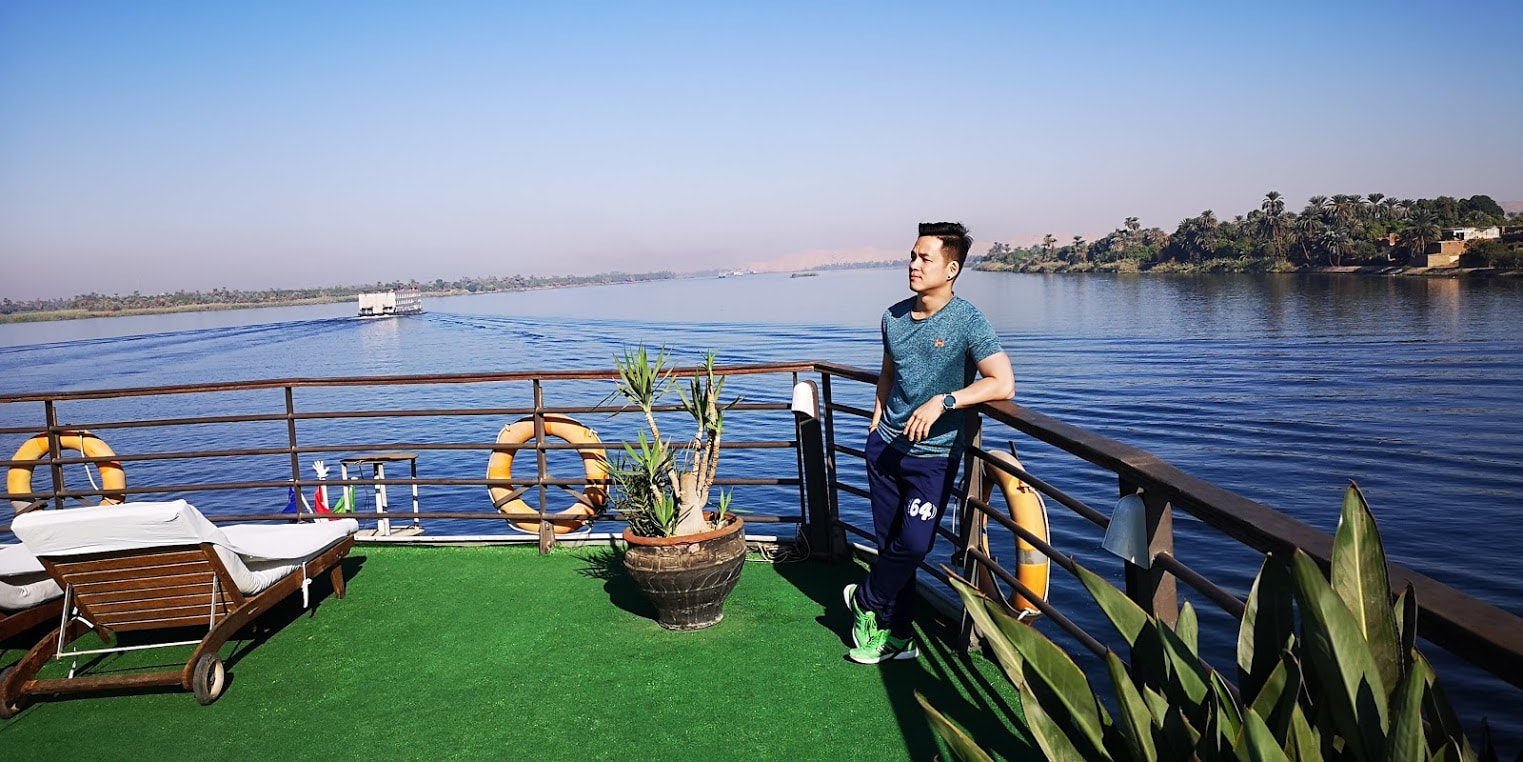
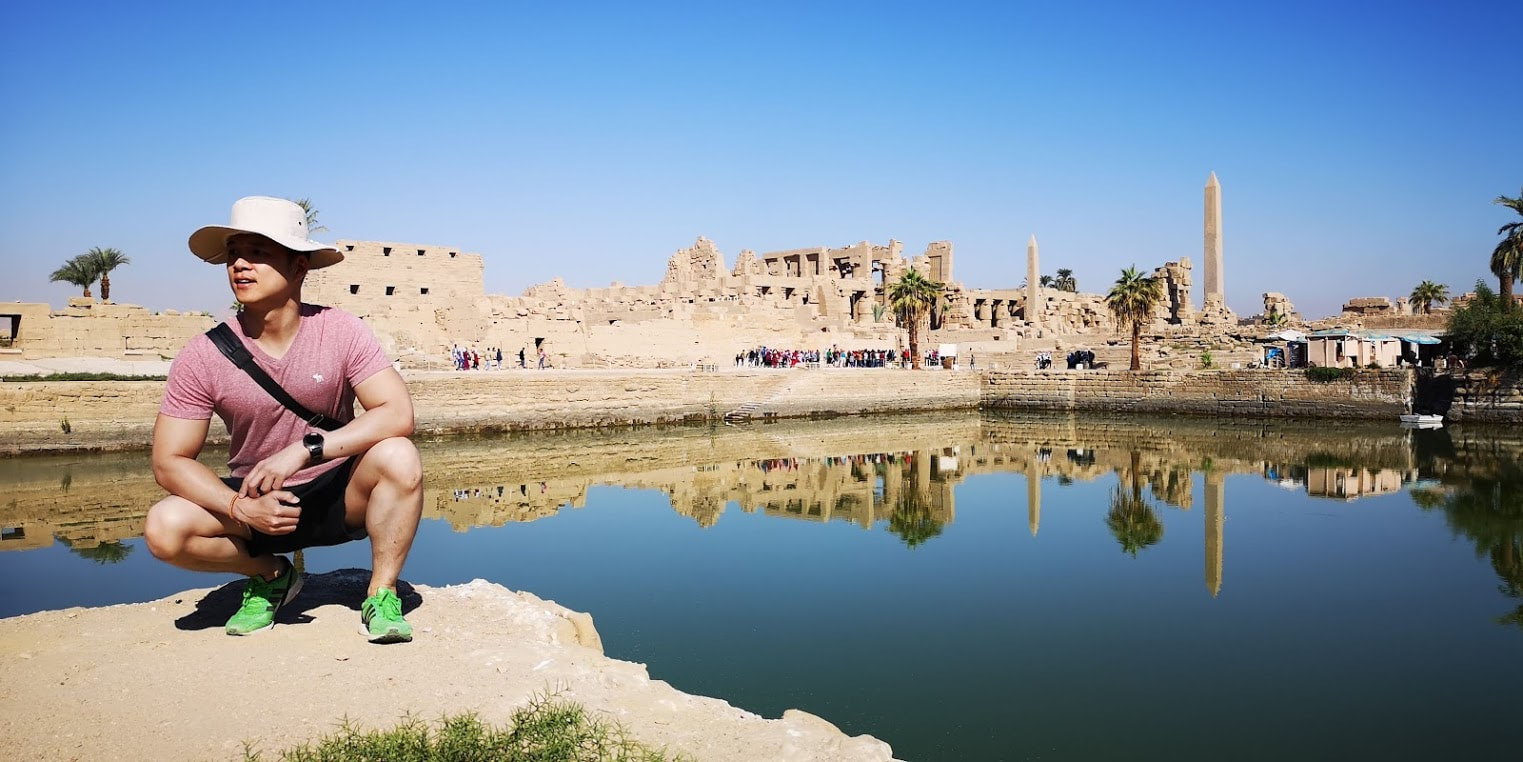

 RSS Feed
RSS Feed